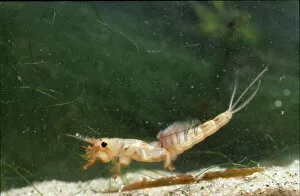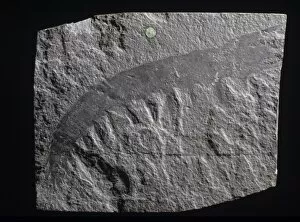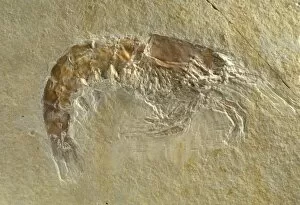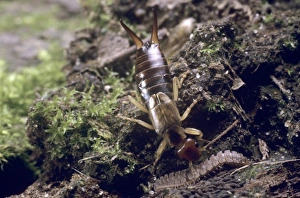Ladybirds Lobsters Collection
"Ladybirds Lobsters: A Fascinating World of Ancient Arthropods and Insects" Step into the mesmerizing world of ladybirds lobsters
All Professionally Made to Order for Quick Shipping
"Ladybirds Lobsters: A Fascinating World of Ancient Arthropods and Insects" Step into the mesmerizing world of ladybirds lobsters, where ancient creatures from various eras come to life. Among them is the enchanting Ephemera danica, a mayfly larva that once fluttered gracefully through prehistoric landscapes. As you explore further, marvel at the intricate honeycomb structures created by Apis sp. Honeybees, showcasing their remarkable architectural skills. Delve deeper into history and encounter Leonaspis coronata, a trilobite species that roamed Earth millions of years ago. Its beautifully adorned exoskeleton tells tales of an era long gone. Cyclophthalmus senior, another captivating insect from ancient times, showcases its unique eye structure that sets it apart in the arthropod kingdom. Venturing into darker corners reveals Dysdera crocata, also known as the woodlouse spider – a stealthy predator lurking amidst decaying logs and leaves. Witness its hunting prowess as it navigates its way through hidden crevices in search of unsuspecting prey. Butterflies take center stage with Danaus plexippus gracing this extraordinary realm with vibrant hues and graceful flight patterns reminiscent of royalty. Their presence adds a touch of elegance to this diverse ecosystem. Trilobites continue to captivate our imagination with Encrinurus punctatus and Calymene blumenbachii making appearances among these fossilized wonders. These ancient arthropods provide glimpses into Earth's distant past when they thrived in vast oceans teeming with life. Prepare for awe-inspiring encounters as Anomalocaris canadensis emerges from the depths—an enormous creature that once ruled primeval seas with its formidable appendages and piercing eyesight. And let us not forget Waptia fieldensis—a small but significant arthropod whose fossils have revealed invaluable insights about early marine ecosystems.
















